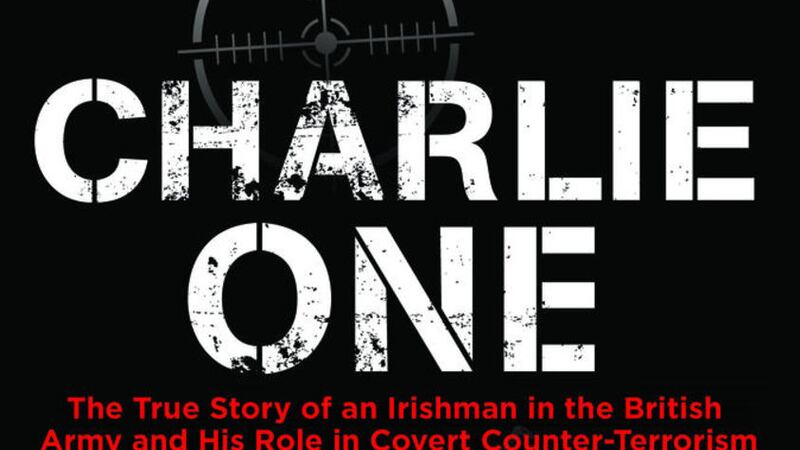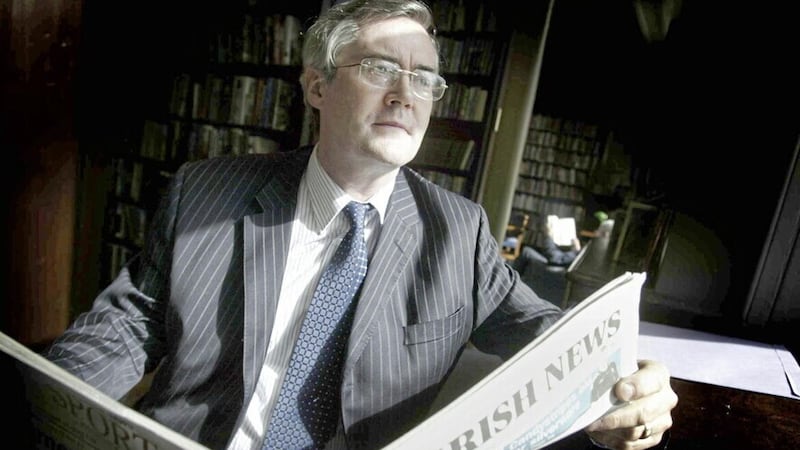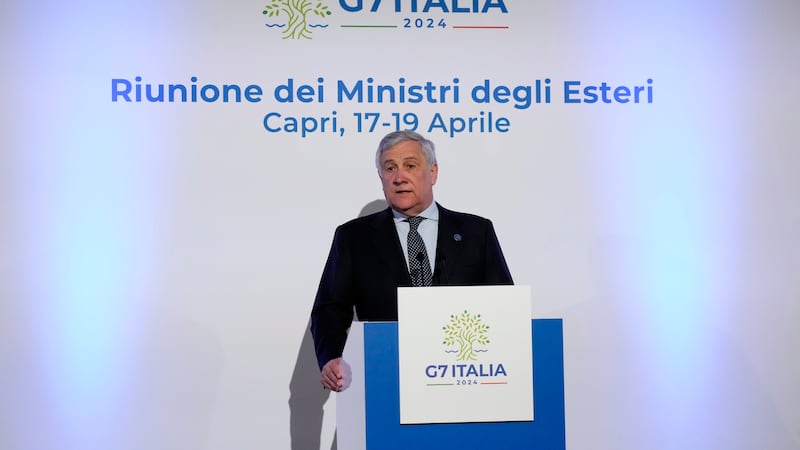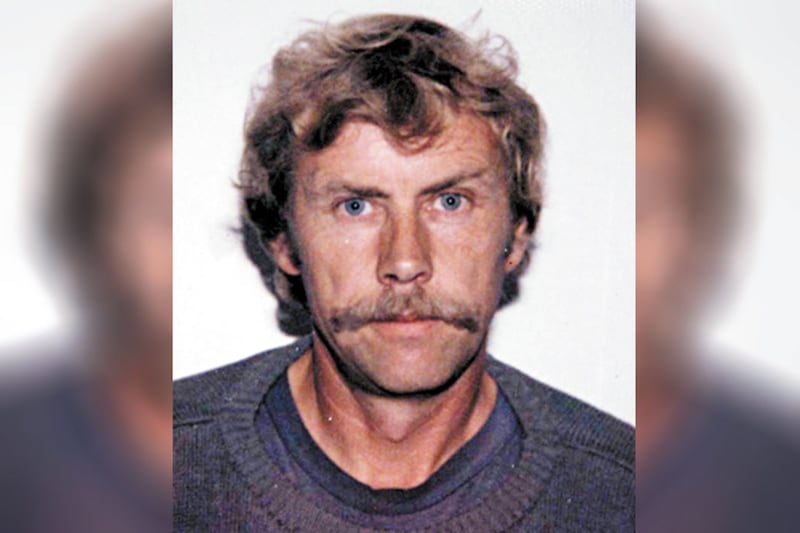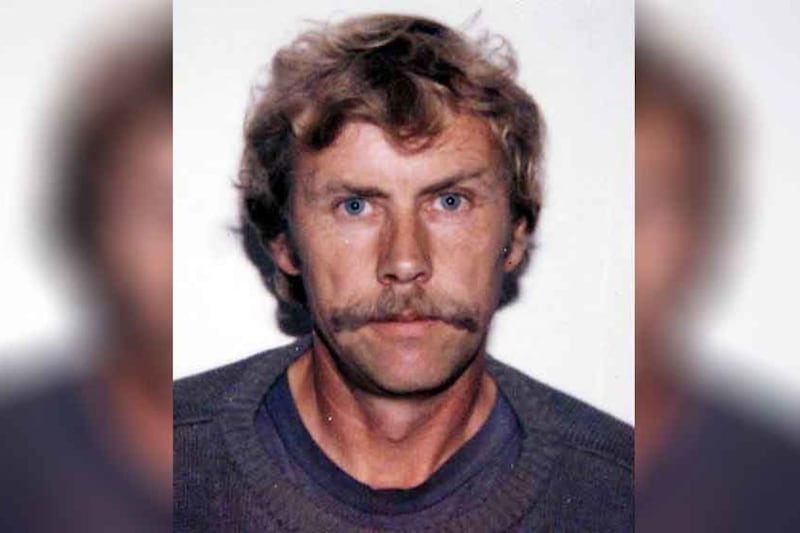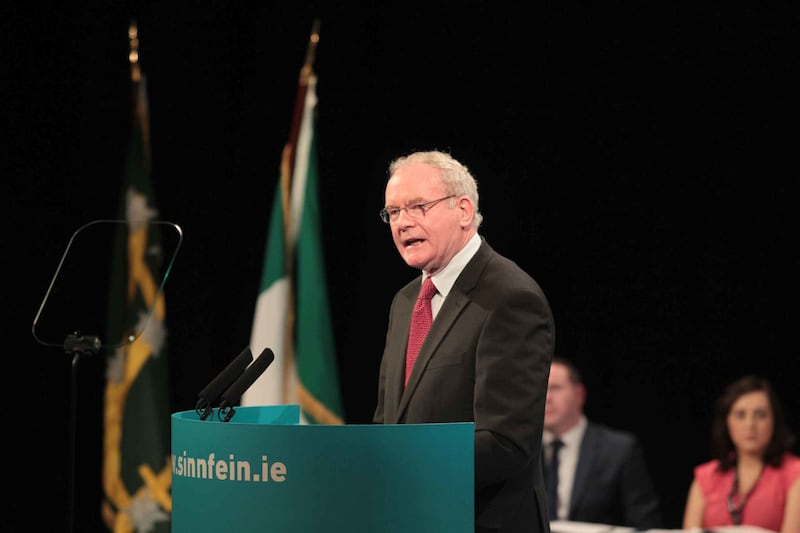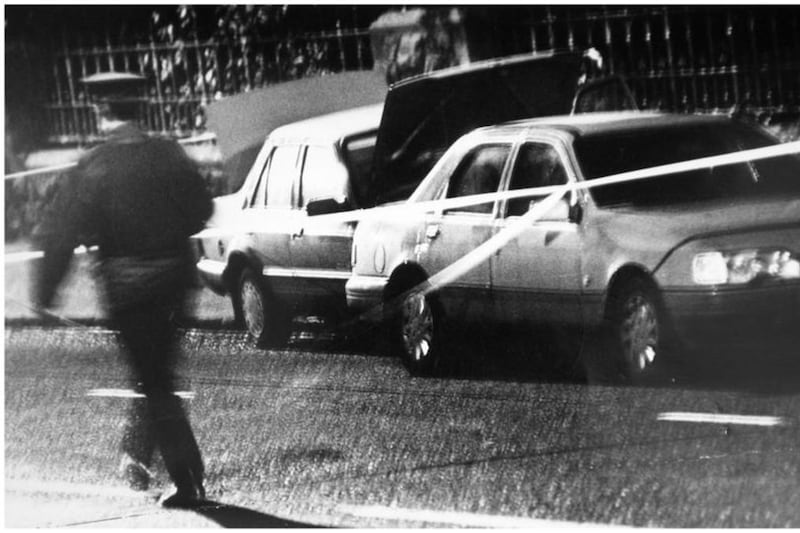IN this extract from Charlie One, Sean Hartnett explains how the SAS were ready to kill a Real IRA murder team outside St Lucia barrack in Omagh:
The intelligence for the operation had come from a listening device and so was considered solid. That device had been planted in the home of a well-known dissident Republican in Tyrone and was giving North Det literally volumes of first-grade intelligence. In this instance, it was to do with a planned murder of British army troops.
The target for the Real IRA active service unit were soldiers from St Lucia Barracks in Omagh. Soldiers are creatures of habit and they are as tight-fisted as they come,
and the Real IRA was going to exploit both those weaknesses. Directly across the road from St Lucia Barracks was a service station that had an ATM attached to it.
Despite orders to the contrary, the soldiers used to withdraw their money from there, where it was free, as opposed to within the barracks, where it cost £1.50. Soon enough, the frequency of their movements back and forth was spotted by a Real IRA intelligence cell and a decision was made to mount an attack.Their plan was simple: a vehicle would park up somewhere near enough to the army base to give a view of the gates, most likely at the Silverbirch Hotel (where I had stayed when I had come to Northern Ireland to go through the selection process to join the British army).
Once a group of soldiers was seen leaving the camp and heading for the service station, the assault team would be called in. This would consist of a motorbike driver who would speed up to the ATM, and a pillion passenger who would spray the group of soldiers with automatic fire. They would then make their escape, burning out the motorbike before going across the border to the relative safety of the Republic.
It sounded foolproof to them. The only problem was, they hadn’t factored in the possibility of North Det having overheard all these plans being made and deciding to be present at St Lucia Barracks with some of their own plans. They were in for an unpleasant surprise.
I was last to arrive at St Lucia Barracks; it hadn’t changed much since I had been there for my initial recruit interviews in 1998. But I had. My army career, especially my time at North Det, had transformed my perception of the Troubles completely. I couldn’t believe how naïve about terrorism I had been all those years before. I recalled the person I had been then, deciding on a whim to join an army and see the world on the back of the generosity of Her Majesty the
Queen and Her Royal Government. Now I was back to help set an ambush for a Real IRA unit.
All the operators and their vehicles were directed to an empty shed at the rear of the camp, and I followed suit. We weren’t always the most welcome people in such places, looking very un-army-like and yet acting with such authority and sort of taking over. The regular army’s COP was there, however, to act as liaison with the garrison troops and to provide support to North Det if needed.
First priority for the operation was to get a listening device into the farm outhouse where the stolen motorbike was being stored, a few miles west of Omagh. This would
give us the exact time of the attack, thus denying the IRA unit the element of surprise. Two of the new SAS operators, Matt and Mike, were chosen by Glenn for the relatively straightforward job.
I supplied a newly developed GSM device: perfect for rural locations as it needed very little power, yet had excellent signal strength. The outhouse had
no power so I included a small lithium photocell battery, which just needed to be placed where it would get some
sunlight.
As Glenn and the operators began planning their movements for the insertion, Steve Pronto and I set about establishing an operations room. We took over the
guardhouse at the main gate to get full control of all surveillance cameras dotted around the perimeter of the camp, to which we would add our own overt- and covert-
surveillance cameras in the coming hours.
The guardhouse was then off limits to all non JCU-NI personnel, and despite some gripes from the regular soldiers, we had a makeshift operations room set up within a couple of hours.
The insertion operation went smoothly, using good old fashioned soldiering skills. At about 0200 hours, Will drove the van carrying the two SAS men from the barracks and dropped them off about half a mile from the farm to make the rest of the journey on foot. They set up an observation post nearby from which they kept a close eye on the outhouse for almost an hour until they were certain that no one was around.
Matt then eased himself from the hide and made his way slowly to the outhouse covered by Mike. All was quiet, and once inside Matt found a good spot to put
the listening device in place. We carried out our tests and the two operators were picked up again and returned to St Lucia Barracks.
Next: set up a perimeter and get the operators in position. But something began to bother me about this plan when I became aware of it. Why did we not leave the two SAS operators in place to keep tabs on the building? Why take the risk of letting them get to the point of the attack, where people might get hurt? I decided to ask one of the operators.
Damien was due out of North Det in a few weeks and in truth he had been bored by the entire experience. He was an SAS trooper, out and out, and wanted to be in the thick of the action, not skulking around gathering intelligence. He had told me in the last few days that for much of the time when he was supposed to be tailing targets, he had been parked up in his vehicle at McDonald’s in the Waterside area of Derry, having a milkshake and just calling out the spots from there.
I knew I would get a straight answer from him. He had a sly grin on his face as he replied, ‘This is the first job I’ve really wanted to be on since I got here. That
second briefing back at the Det was the best news we could have been given. One of the IRA guys involved in this hit is known to have been involved in the death of an RUC officer a few years ago, but they could never get enough on him to convict him, though. This is the first real opportunity to get him for something since then, but there aren’t going to be any arrests on this one, Seán. That’s why we’re leaving them get to the point where they’re just about to open fire, that way we have just cause to engage them. ‘Plus, it won’t be normal soldiers at the ATM, it’ll be us – more than they’re bargaining for! RCG won’t move in until all the shooting is done and then we’ll withdraw into the barracks until all the fuss is over.’
I had always known that the operators at North Det would not shrink from a firefight if one came their way, but this was the first time I had heard them talk about an outright shoot-to- kill policy. It was already known that only the pillion passenger would be armed but the Det still planned to shoot the driver, even though he would be
unarmed. Thoughts of Loughgall sprang to mind and I wondered had the Det really learned anything since then. There was no doubt that they would be able to justify their actions, but that still didn’t make it right!
*** 'Charlie One - The True Story of an Irishman in the British Army and His Role in Covert Counter-Terrorism Operations in Northern Ireland' - is published by Merrion Press and is on sale now
